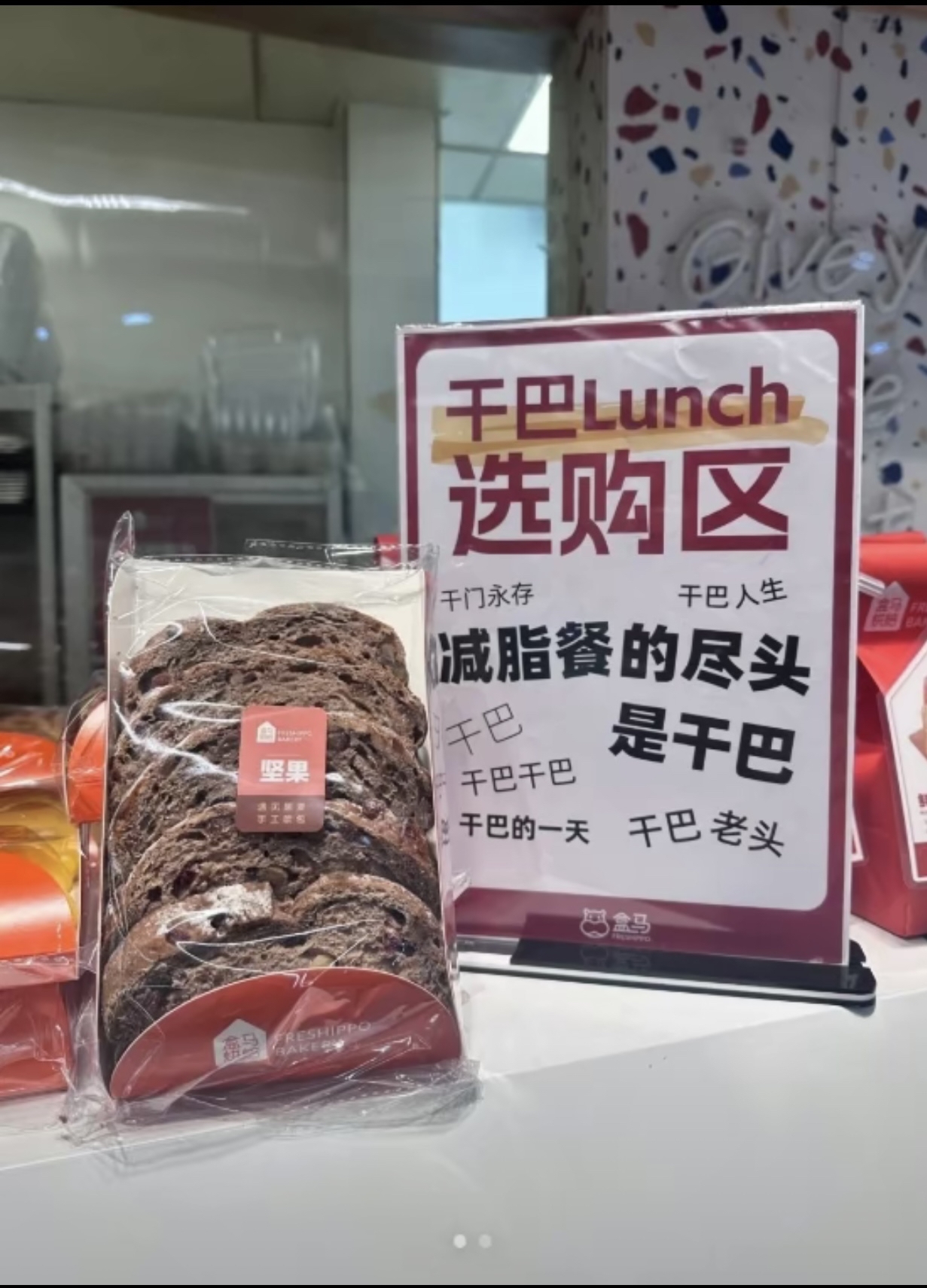“White People Food” Is Trending in China, Thanks to This Guy
July 26, 2024Strange things are happening over on Douyin, the Chinese version of TikTok. A video of a middle-aged British man assembling the ham and tomato sandwich he will have for his lunch has been liked more than 12 million times.
“Is this real??”, one commenter demands to know. Another watches the butter being smeared onto his brown bread and suggests: “This is what it feels like to die.”
Videos of “Keith” leaning over his chopping board are posted by his wife—who is from North East China—almost every day. Some days, he’s making avocado toast. Others, it’s smoked salmon or scrambled eggs on toast. The meals have become known as “Dry Lunch,” and are sparking a wave of outrage, confusion, and morbid curiosity in China, with hundreds of thousands of people making staple Western bread-based dishes and posting them online, to a response that is equal parts opprobrium and disbelief.
According to Yaling Jiang, a Chinese journalist living in the UK, there are two key elements of a dry lunch: The temperature—cold—and the presence of some kind of bread. Beyond that, the parameters are pretty loose. “Anything can be a dry lunch, as long as it's in an open-sandwich form, looks healthy-ish, and is seemingly unappetising,” she says. Dry lunch, Jiang explains, is less defined by what it is than what it isn’t—namely “anything that’s either nourishing or tastes good.”
It’s not the first time millions of Chinese people have spent time pointing and laughing at the meals eaten in the West. In June last year, “báirén fàn” (AKA “white people food”) started trending among Chinese workers—who flooded social media with cold, spiceless dishes as a form of self inflicted suffering. "The spirit of ‘white people food’ is that it’s supposed to be NOT enjoyable,” one TikTok user explained. “The point of the white people’s meal is to learn what it feels like to be dead, but I’ve taken two bites and it was so bad it made me realize how alive I am,” another user wrote on Weibo.
But after initial shock comes acceptance. An article on Chinese social media platform 36Kr explains the concept of sandwiches thus: “After watching a short video, viewers have changed from questioning the dry old man, understanding the dry old man, to becoming a dry old man. The old man is us, and the dry lunch is our dry life.” The article presents a series of sandwich-related stats about the UK, alongside screenshots from British films and TV shows—Paddington Bear, Downton Abbey, Harry Potter—presented as sandwich-eating evidence.
In case Chinese readers thought this was a joke, there are several disclaimers confirming that it’s not.
The phenomenon is starting to reach beyond the online world, too. In Chinese supermarkets like Hema stores—a grocery store with branches all over China—there are now "dry shopping areas," offering items like bread and baguettes for people to make dry lunches in the safety of their own home. According to Jiang, many cafes are also “adopting the phrase to sell their European-style breads and sandwiches.”

Part of the dry lunch’s allure is the sheer simplicity and ease of putting a filling between bread. The reception seems to have moved from a confusion to a genuine desire to understand the cultural differences in the way Western people eat. “A lot of people in China feel that ‘white people food’ are meals only for survival but not at all for pleasure,” explains Shisong Liu, a teacher from China’s Fujian province.
“Despite the sarcasm, people also realize that it is much more convenient as a packed lunch, so it has become trendy for some people to copy the [dry lunch] recipes for work,” he says. “Given this background, the videos of ‘English dry lunch’ provide a vivid perspective for people to understand the authentic, everyday life of ordinary people in the UK.” In some ways, there’s something beautiful about sandwiches becoming a symbol of gritty English life, like grime music or the film Scum.
The algorithms of social media platforms thrive on content that is so shocking it skims the threshold of believability. The concept of sandwiches—in China at least—hits that brief: “For us, the 干巴 lunch is just too simple, even pitiful,” explains Dylan, a teacher from Shanghai. “We think there should be much more to a meal than just bread and one or two things on top. A lot of people really don’t believe that the man in the video could be representative of how people in the UK or Europe eat.”
All the proof Dylan needed arrived in the closing moments of the most recent UK election campaign, when Prime Minister Rishi Sunak made one last, desperate attempt to appeal to the British public—by claiming his favorite food was “generally sandwiches.” The ploy didn’t work, and Sunak’s tenure already feels like a distant memory. Happily this hasn’t had a toxifying effect on the popularity of “Uncle Keith”—as he’s become known online—who continues to stand in his kitchen in a plaid shirt, quietly slicing into pieces of bread, captivating audiences in China with his dry, dry lunch.
Credit to Ryan Gray for translation assistance.
